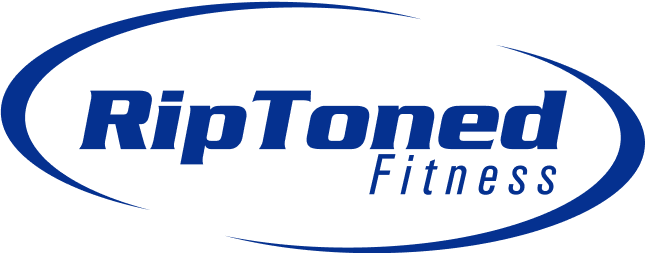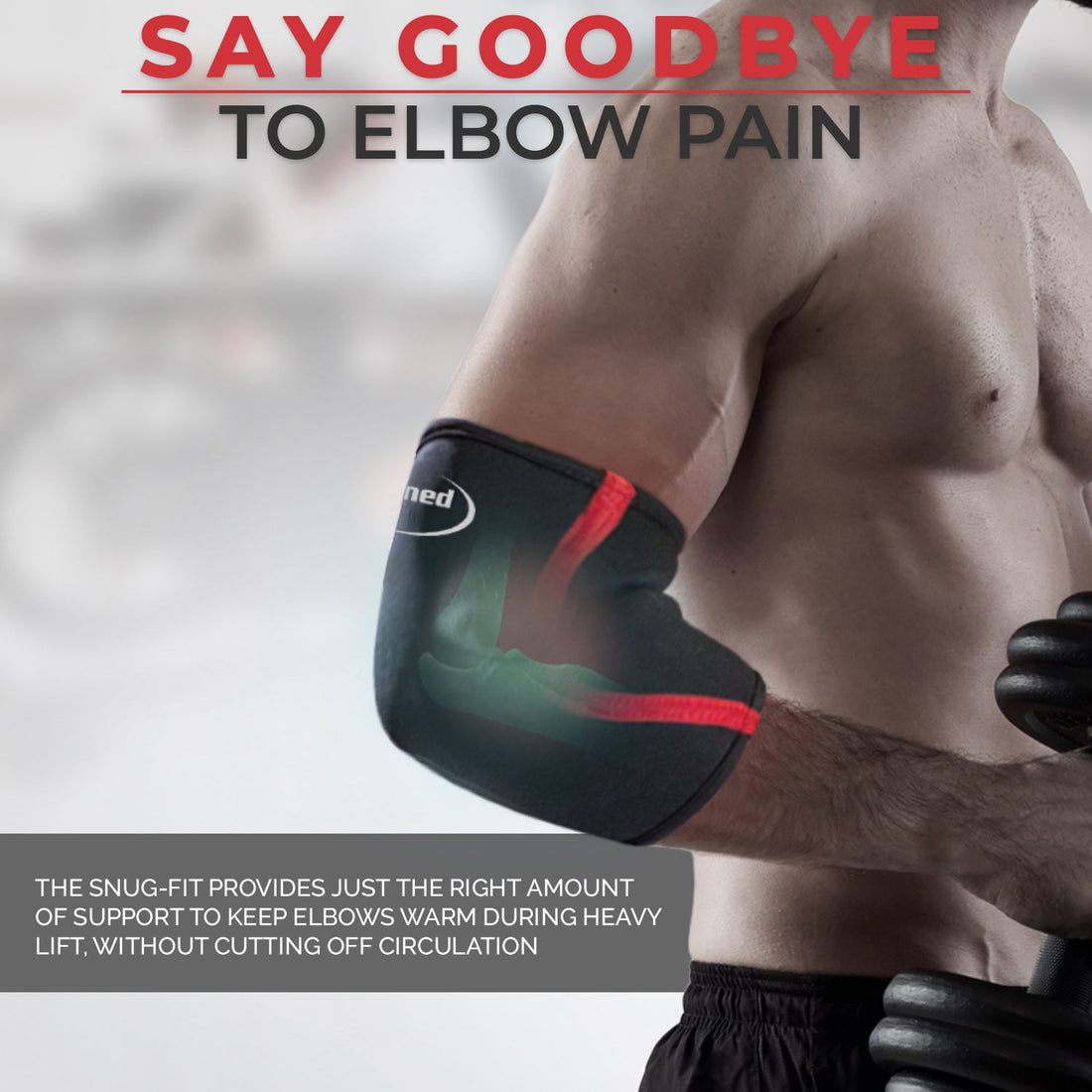Table of Contents
- Introduction
- What are Elbow Sleeves?
- How Do Elbow Sleeves Work?
- Benefits of Using Elbow Sleeves
- Types of Elbow Sleeves
- Choosing the Right Elbow Sleeves
- Tips for Caring for Elbow Sleeves
- Conclusion
Introduction
Welcome to our blog post about elbow sleeves. In this post, we will explore the functionality of elbow sleeves, the benefits of using them, the different types available, and tips for choosing and caring for them. Whether you're an athlete, weightlifter, or someone dealing with joint pain, understanding the uses and variations of elbow sleeves is essential. Let's dive in and uncover all you need to know about this supportive gear!
What are Elbow Sleeves?
Elbow sleeves are compressive garments designed to provide support and stability to the elbow joint during various activities. They are commonly used in weightlifting, powerlifting, and other sports to reduce the risk of injury and alleviate joint pain. These sleeves are typically made from materials like neoprene or elastic fabric and come in different sizes to accommodate various arm widths. Elbow sleeves function by applying gentle pressure to the elbow, promoting better blood flow and reducing discomfort during physical exertion.
Let's delve deeper into the benefits and types of elbow sleeves to understand their importance in sports and fitness activities:
- Improved Stability: Elbow sleeves offer enhanced stability to the elbow joint, decreasing the likelihood of hyperextension or injury during weight-bearing exercises, such as squats and bench presses.
- Reduced Swelling: The gentle compression exerted by elbow sleeves helps in reducing swelling and inflammation, aiding in post-workout recovery and alleviating discomfort.
- Joint Pain Relief: By providing firm yet flexible support, elbow sleeves can help relieve joint pain, especially during movements involving repetitive elbow motions, such as overhead presses and curls.
- Enhanced Performance: When the elbow joint is properly supported, it allows athletes and fitness enthusiasts to execute exercises with improved form and control, leading to enhanced performance.
Moreover, there are various types of elbow sleeves, each serving unique purposes and catering to specific training needs. These include:
- Neoprene Elbow Sleeves: Known for their durability and heat retention properties, neoprene sleeves are favored for heavy lifting and exercises that require a high level of stability.
- Elastic Elbow Sleeves: These sleeves are valued for their flexibility and breathability, suitable for dynamic workouts and activities that involve a wide range of motion.
- Compression Elbow Sleeves: Designed to provide graduated compression, these sleeves aid in blood circulation and are often used for recovery and reducing post-workout soreness.
How Do Elbow Sleeves Work?
Elbow sleeves are designed to function as a supportive aid for the elbow joint, serving multiple purposes that contribute to enhanced performance and reduced risk of injury. These sleeves work by providing external support to the elbow joint, effectively stabilizing the area and minimizing the potential for strain-related injuries. By encompassing the elbow in a snug yet flexible fit, these sleeves offer compression that promotes improved proprioception and reduces the strain on the elbow tendons and muscles during physical activities.
One of the primary mechanisms by which elbow sleeves work is through their ability to facilitate better joint alignment. This ensures that movements are controlled and that stress on the elbow is decreased, ultimately leading to more efficient and safer physical exertion. Moreover, the supportive nature of elbow sleeves acts as a protective layer, shielding the joint from excessive impact and providing users with a heightened sense of security during intense workouts and strenuous activities. Elbow sleeves vary in width and support function with different center flex weight options available to shop when you are choosing an item.
Benefits of Using Elbow Sleeves
Elbow sleeves are a valuable accessory for athletes and fitness enthusiasts, offering a range of benefits that contribute to overall performance and well-being. Here are some detailed benefits of using elbow sleeves:
- Reduced Joint Pain: Elbow sleeves provide compression support to the joint, effectively reducing discomfort and pain during physical activities.
- Improved Stability: The stability offered by elbow sleeves aids in maintaining proper joint alignment, which is crucial for injury prevention and peak performance.
- Enhanced Performance: By facilitating proper blood circulation and muscle warmth, elbow sleeves contribute to enhanced performance and endurance.
- Promotes Faster Recovery: The graduated compression of elbow sleeves can aid in faster post-workout recovery and reduce swelling caused by strenuous exercises.
- Increased Confidence and Comfort: Wearing elbow sleeves promotes a sense of confidence and comfort, allowing individuals to focus on their physical activities without being hindered by elbow discomfort.
- Better Joint Support: Elbow sleeves provide additional support to the joints, which is especially beneficial during high-impact activities and heavy lifting.
- Overall Performance Enhancement: Incorporating elbow sleeves into training routines can lead to better joint support and overall performance enhancement, contributing to improved outcomes in sports and fitness.
By understanding and harnessing the benefits of using elbow sleeves, individuals can make informed decisions about integrating this supportive accessory into their fitness and athletic pursuits.
Types of Elbow Sleeves
When it comes to types of elbow sleeves, the options are diverse and tailored to specific needs and activities. One category of elbow sleeves is designed to provide maximum support and compression, particularly beneficial for heavy lifting, powerlifting, and intense training sessions. These sleeves are constructed with sturdy materials and reinforced stitching to withstand the demands of rigorous workouts while stabilizing the elbow joint and reducing the risk of injury.
On the other end of the spectrum, there are elbow sleeves focused on flexibility and comfort, making them ideal for activities like yoga, Pilates, or light gym workouts. These sleeves prioritize freedom of movement and breathability, allowing individuals to engage in a wide range of exercises without feeling restricted. They are often made from soft, stretchable fabrics that conform to the arm's natural shape while providing gentle support and warmth to the elbow area.
Furthermore, specific sports have their own specialized elbow sleeves tailored to the unique movements and requirements of the activities. For instance, basketball elbow sleeves are designed to offer targeted support, enhance shooting techniques, and aid in quick recovery from elbow strains associated with shooting and dribbling. Similarly, tennis elbow sleeves focus on improving range of motion, reducing muscle fatigue, and providing stability during serves and backhand swings. These sports-specific sleeves are crafted with features such as strategic padding, joint stabilization, and moisture-wicking materials to address the distinct needs of athletes participating in these sports.
Understanding the distinctions between these types of elbow sleeves is crucial for individuals seeking the most suitable option based on their specific fitness goals, preferred exercises, and athletic requirements. By choosing elbow sleeves tailored to their unique needs, individuals can enhance their performance, prevent injuries, and optimize their training experiences.
Choosing the Right Elbow Sleeves
When it comes to selecting the perfect elbow sleeves, there are several important factors to take into consideration in order to make an informed decision that aligns with individual needs and preferences. Understanding these factors and their significance can greatly enhance the effectiveness and comfort of elbow sleeves during workouts and activities.
- Level of Support: It's crucial to determine the specific level of support required based on the type of physical activity. Elbow sleeves are available in varying levels of compression, each designed to cater to different support needs.
- Material: The material of the elbow sleeves plays a significant role in determining factors such as breathability, durability, and moisture-wicking properties. Common materials include neoprene, spandex, and nylon, each offering distinct advantages.
- Intended Use: Consider the primary purpose of the elbow sleeves, whether it be for weightlifting, tennis, basketball, or general support during daily activities. Different activities may require different features and specifications.
- Width and Flexibility: Evaluating the width and flexibility of the elbow sleeves is essential for achieving a comfortable and secure fit. Factors such as range of motion and ease of movement should be taken into account.
- Size Availability: Ensure that the selected elbow sleeves are available in a range of sizes to accommodate different individuals, as a proper fit is crucial for the effectiveness of the sleeves.
Furthermore, it's important to delve into the specifics of the available options, such as reinforced stitching that enhances durability, or moisture-wicking properties that contribute to comfort during intense workouts. By being attentive to these details and understanding individual requirements, it becomes easier to make an informed decision when choosing the perfect elbow sleeves.
Exploring the wide array of available options while considering unique preferences and specific workout routines can provide valuable insights and ultimately lead to a satisfying choice of elbow sleeves.
Tips for Caring for Elbow Sleeves
Caring for elbow sleeves is essential to maintain their functionality and prolong their lifespan. Proper care may include the following detailed steps:
- Regular Washing: Elbow sleeves should be washed after each use. Use a mild detergent and lukewarm water. Avoid using bleach or fabric softeners as they can degrade the elasticity of the sleeves.
- Avoiding Extreme Temperatures: It's important to avoid exposing elbow sleeves to extreme temperatures, as this can cause damage to the fabric and affect their compression properties.
- Air Drying: After washing, allow the sleeves to air dry by laying them flat on a clean towel. Avoid using direct heat or sunlight to dry the sleeves, as this can affect their elasticity.
- Proper Storage: Store the sleeves in a clean and dry environment to prevent the accumulation of odor and bacteria. Avoid storing them in a damp or humid area, and ensure they are completely dry before storage.
- Follow Manufacturer's Care Instructions: Always refer to the care instructions provided by the manufacturer to ensure that you are following the specific guidelines for your elbow sleeves. This may include recommendations for washing, drying, and storage to maintain the quality of the sleeves.
By following these specific care instructions, individuals can preserve the quality of an elbow sleeve and optimize its performance over time.
Conclusion
Elbow sleeves are valuable accessories that offer support, protection, and comfort during various physical activities, ranging from weightlifting to sports like basketball and tennis. Understanding the functionality, benefits, and types of elbow sleeves can empower individuals to make informed decisions about incorporating these supportive garments into their routines. By choosing the right elbow sleeves and practicing proper care, individuals can experience improved joint support, enhanced performance, and an overall positive impact on their fitness journeys. We hope this article has provided you with valuable insights into the world of elbow sleeves and their potential role in your active lifestyle.

